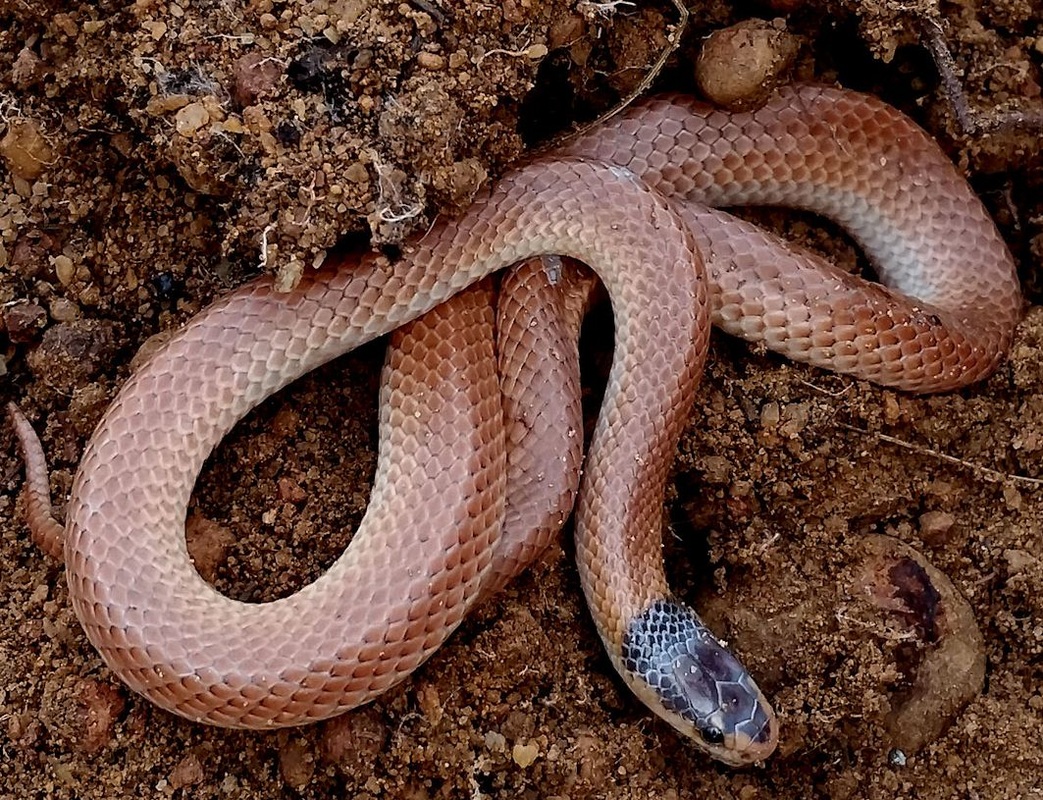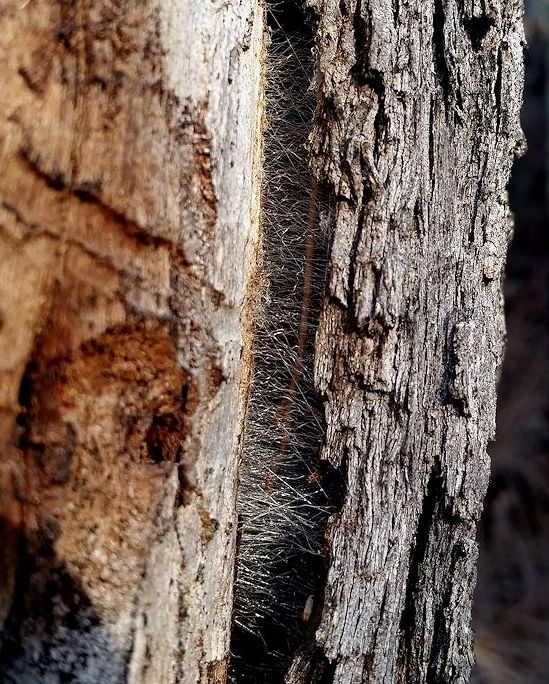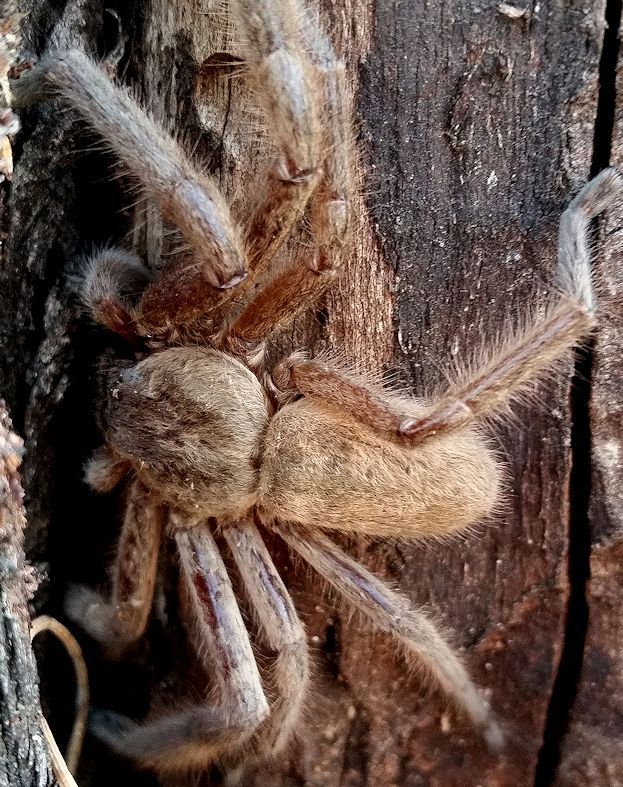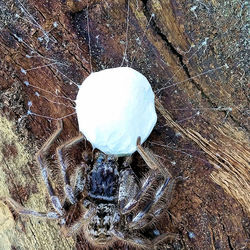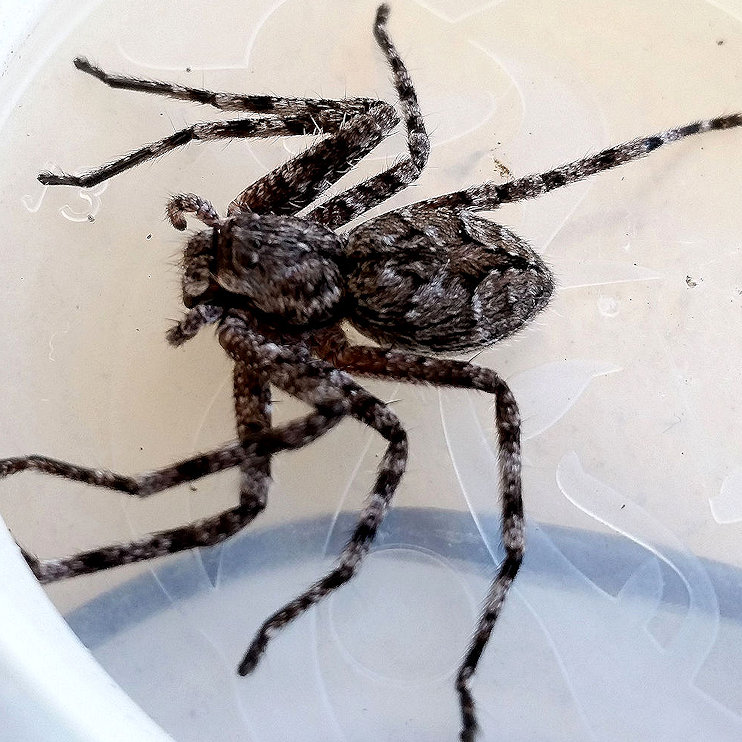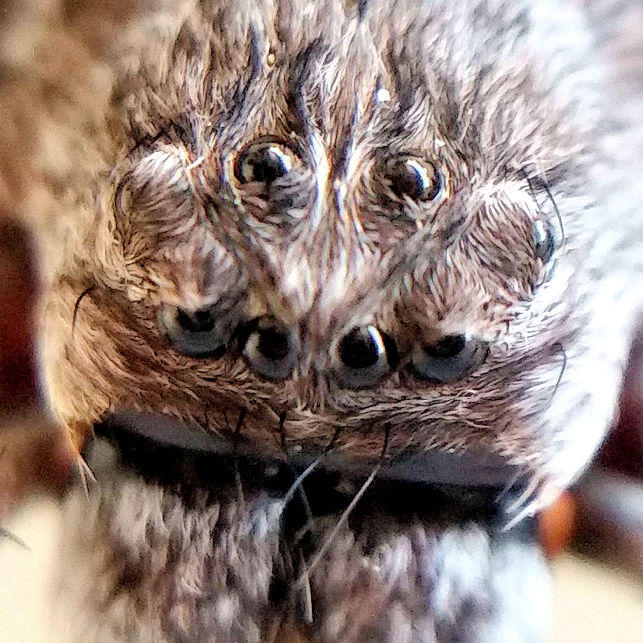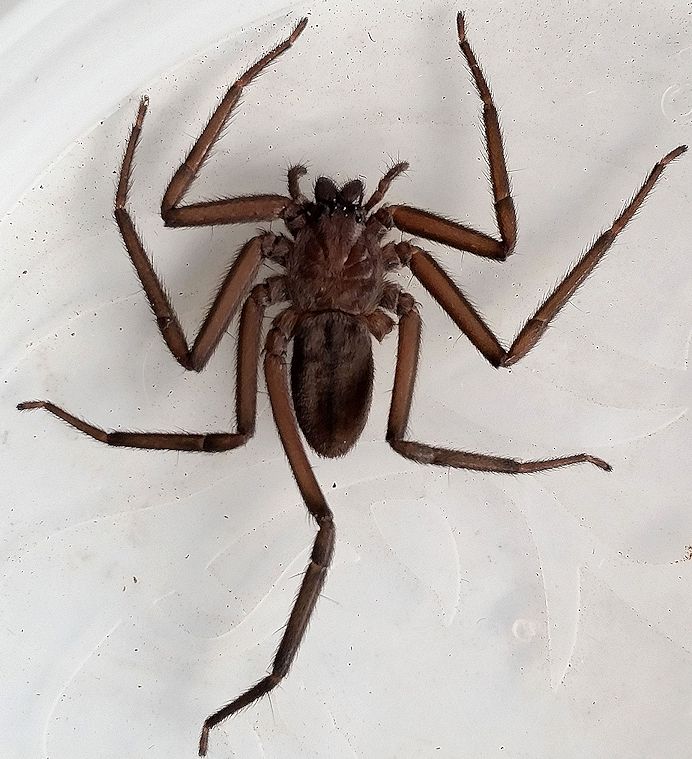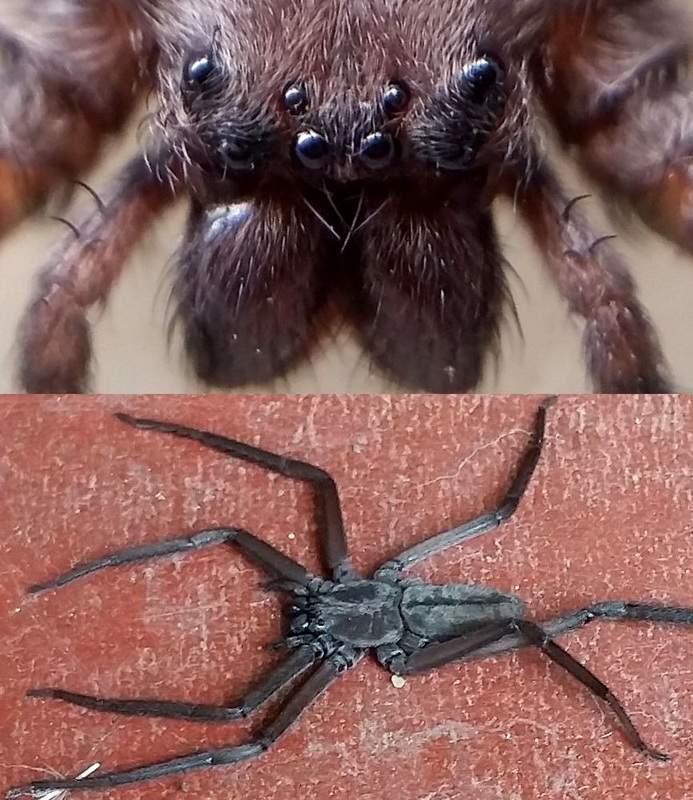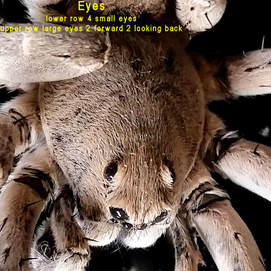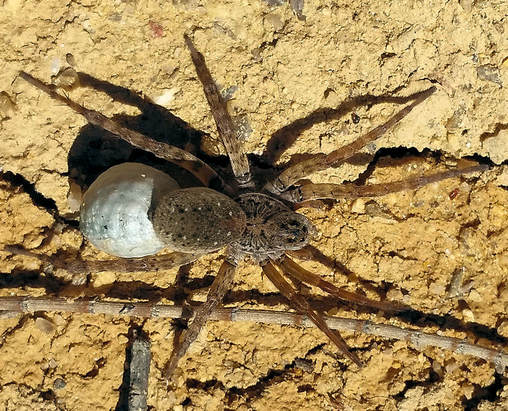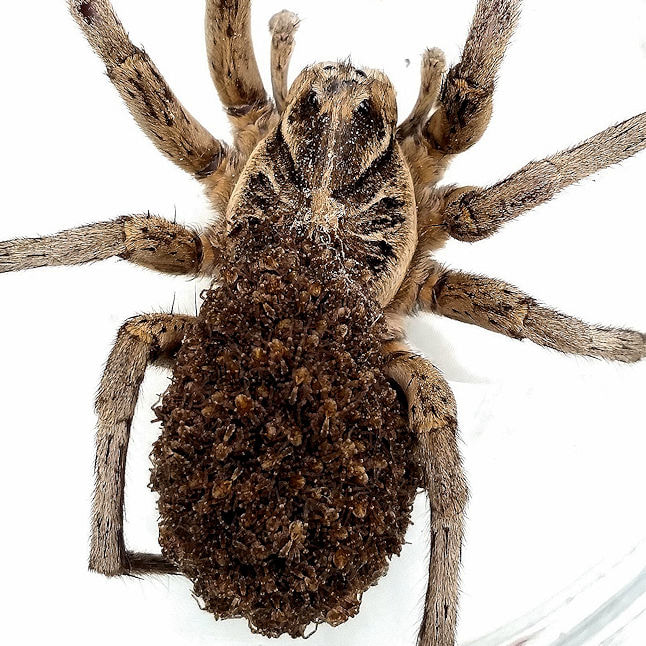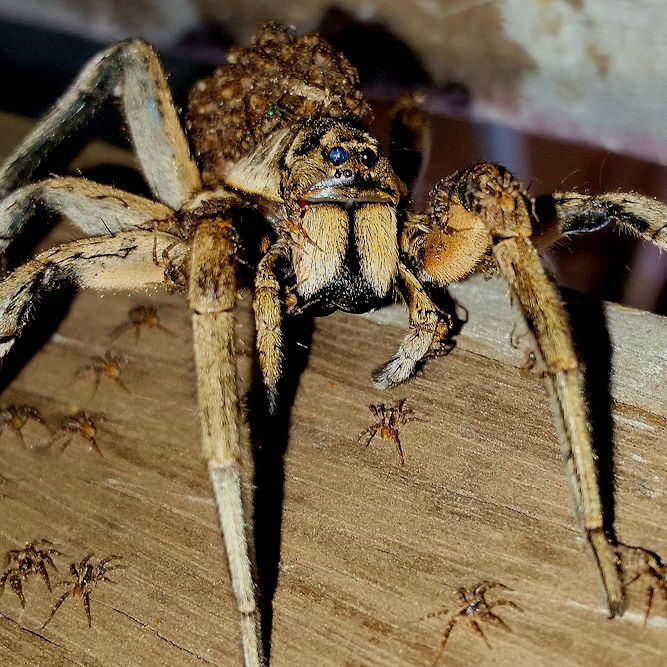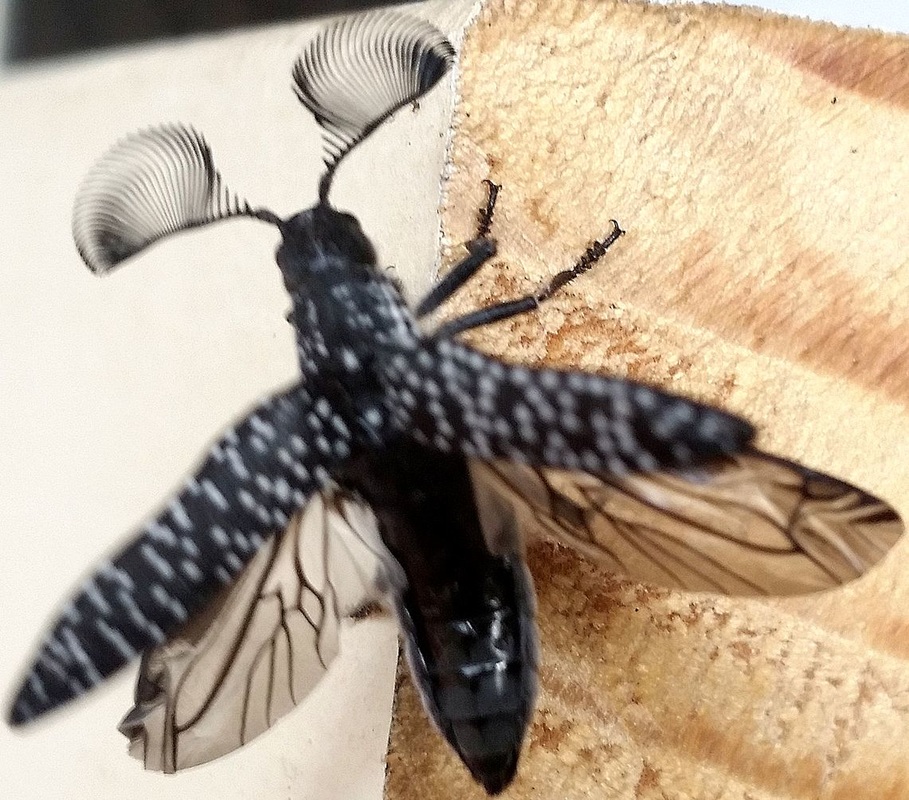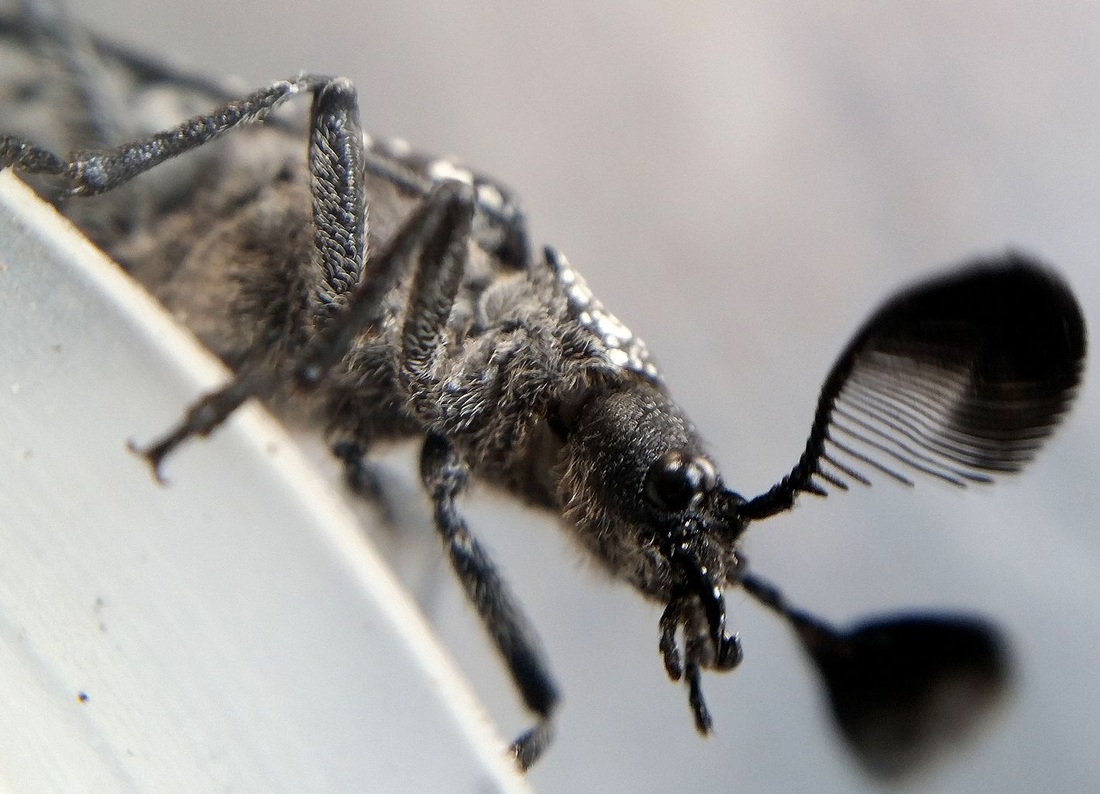I got a surprise yesterday when I lifted a sleeper in the bush and discovered a hibernating snake. It was only about 30cm long, as thick as a pencil, and very quiet.
My first impression was that it was a juvenile dugite or gwardar, but after extensive web searching am inclined to think that it is an adult Suta gouldii (Goulds black headed snake).
The difference is pretty important as this snake only grows to this length, is very retiring and only mildly venomous (i.e. no problem), whereas the adult others are highly venomous much larger and more assertive.
Apparently Goulds black headed snake differs from juveniles of the other in having a white line/area in front of its eyes but I find it difficult to tell.
Accurate differentiation can be achieved by examining the anal scales, but I lack skill and enthusiasm to check on a live snake.
I have seen quite few small snakes with black heads that were delivered to the office or under old pieces of corrugated iron in the bush, and feel a bit guilty about calling them all baby dugites.
Juvenile snake mortality is high. Some people have told me that they have seen a dugite in Foxes lair but in the 30 years I have only seen small ones and a magnificent Stimsons python.
Yet some people refuse to walk in Foxes Lair in summer due to perceived snake danger.
They are more likely to die from a car accident driving there, or blood clots from sitting in the house.
